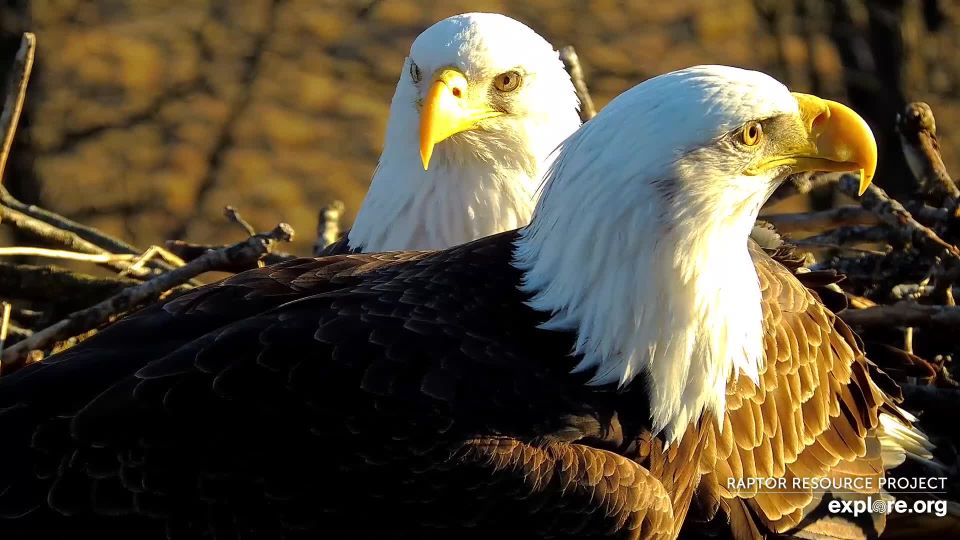Many temperate and arctic animals and birds react to daylight length. Photoperiodism entrains their physiology and behavior, which helps them respond to adapt to seasonal changes in the environment. Although bird species vary in their responses, daylight length drives the annual cycle of temperate and arctic birds overall.

How do birds detect changes in day length? Like many other creatures, they use photoreceptors – specialized cells that detect light and initiate a physical response. The photoreceptors in birds are not in their eyes (as they are in mammals like us), but deep in the brain, in an area called the ventromedial hypothalamus. The receptors react to light that penetrates birds’ thin skulls and surrounding tissues. Changes in day length (and possibly strength and angle, at least in non-equatorial latitudes) initiate major changes in birdie physiology and behavior.
To quote Scott Weidensaul, “Changes in the photoperiod pull many strings in a bird’s body“. As daylight length grows longer, the gonads of birds swell and produce sex steroid hormones. This stimulates changes in behavior and sometimes plumage: depending on the bird, it may grow colorful plumage, choose and defend a territory, spend time vocalizing and flying to attract a mate, and engage in nest building.
Now that we are past the solstice, Mr. North, DNF, HM, HD, Mom, DM2, Ma, and Pa Jr. will begin rapidly responding to day length. As their gonads swell in response to increasing daylight length, nest-building activities and copulation will increase in frequency, duration, and intensity. Happy solstice, eagles – we’re looking forward to another wonderful year in 2024!
 The Raptor Resource Project
The Raptor Resource Project The Raptor Resource Project
The Raptor Resource Project